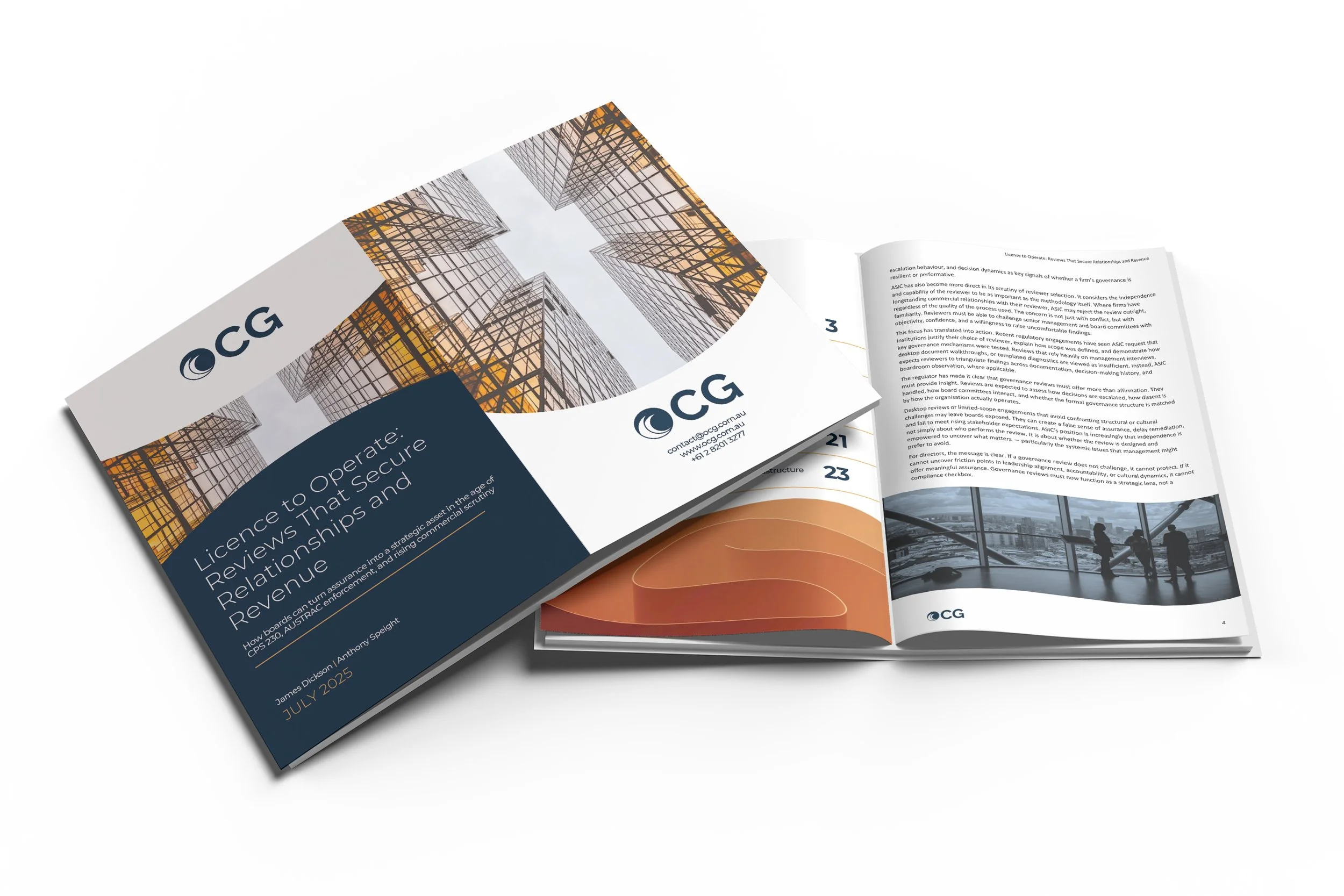CPS 511 Remuneration: Aligning Incentives with Risk and Conduct
Understanding CPS511
CPS 511 Remuneration sets expectations for APRA-regulated entities to design remuneration frameworks that promote effective risk management, sound conduct and long-term financial safety. It requires clear roles for the board and board remuneration committee, material risk-taker identification, balanced scorecards, malus and clawback mechanisms, deferral structures, and robust independent review and assurance. The standard links performance outcomes to risk, customer and compliance metrics, not just financial results.
Why CPS 511 Matters
Remuneration drives behaviour. Poorly designed incentives can fuel conduct issues, compliance breaches and operational risk events. Strong CPS 511 execution:
Reduces misconduct and remediation risk by tying rewards to compliant, customer-centred outcomes.
Improves prudential resilience via risk-adjusted performance and consequence management.
Builds regulator confidence with transparent governance, documentation and evidence.
Key Challenges Facing Firms
Defining material risk-takers across complex businesses and control functions.
Designing balanced scorecards that genuinely weight risk, customer and compliance outcomes.
Implementing deferral, malus and clawback frameworks that are practical and enforceable.
Integrating remuneration with risk appetite, issues/breaches, audit findings and customer outcomes MI.
Evidencing board oversight and independent review, including thematic testing of outcomes.
Managing third-party and intra-group arrangements so incentives remain aligned and controllable.
How OCG Can Help
Oceanic Consulting Group (OCG) helps institutions translate CPS 511 into practical, defensible remuneration governance.
Framework & policy design: governance charters, RACI, material risk-taker methodology.
Scorecard & metric libraries: risk/customer/compliance KPIs, gates and modifiers.
Deferral/malus/clawback mechanics: trigger taxonomies, documentation and enforcement playbooks.
Data & MI: outcomes dashboards linking incidents, complaints, breaches and audit to reward decisions.
Independent reviews & assurance: effectiveness testing, outcome sampling and evidence packs.
Change & enablement: board/exec briefings, training, and HR/Rem Ops process integration.
FAQs
Who is a “material risk-taker”?
Individuals whose activities could materially impact the institution’s risk profile; typically senior leaders, significant revenue generators and key control roles.
Do all bonuses require deferral?
Deferral expectations apply to material risk-takers; structures should be risk-sensitive with clear gates, modifiers and post-vesting clawback where triggers arise.
How should non-financial risk be reflected?
Through measurable risk and conduct KPIs, breach/issue overlays, customer outcomes indicators and consequence management for control failures.
Strengthen Your Remuneration Governance
Work with OCG’s Risk & Conduct Specialists
Align pay with prudent risk-taking and customer outcomes. Contact OCG to design CPS 511 frameworks, scorecards and consequence tools, with MI and assurance that withstand scrutiny and drive the right behaviours.









